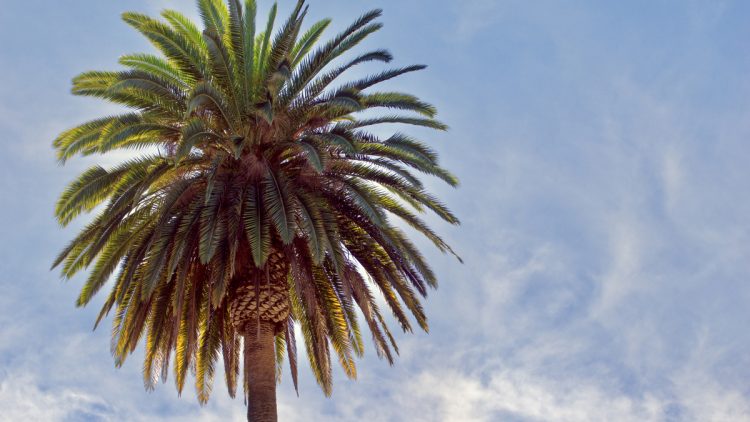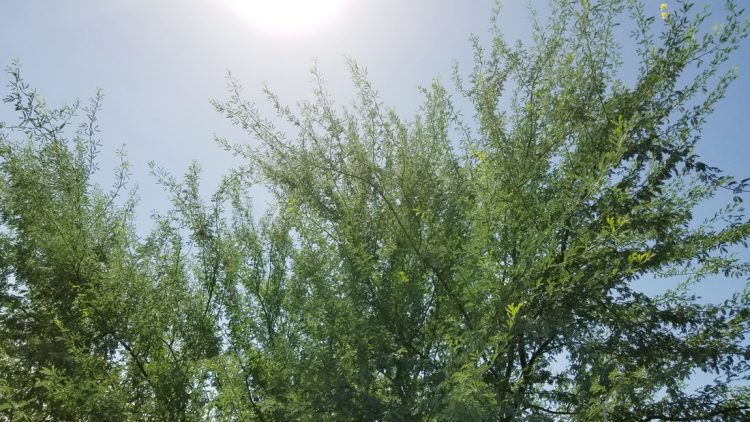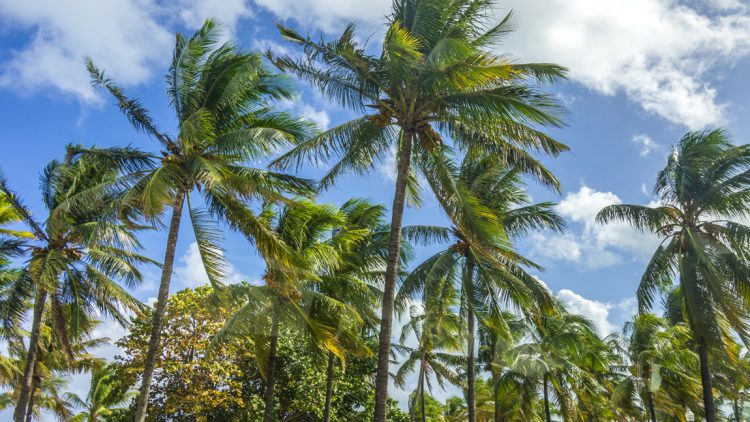How To Trim Queen Palm Trees
Use our three-step guide below to safely and efficiently trim your queen palm trees.
Queen Palm Tree Trimming Steps
Considered a feather palm, the Queen Palm can grow up to 50 feet in height. This tree will thrive in acidic, well-draining soils that are located in USDA plant hardiness zones 9b-11.
Queen Palm trees can spread up to 25 feet outward as it continues to grow. The fronds, which are featured at the top of the trunk, can drop naturally. However, pruning these fronds can yield immediate results for homeowners.
Step 1
- Before removing the fronds, visually check the base of the leaf stem.
- It is still alive if the base is colored green.
- DO NOT remove the fronds while still alive.
Step 2
- Prune between September and November only for the best results.
- Refrain from removing too many fronds all at once.
- The removal of too many fronds can stress the tree.
Step 3
- Cut dead fronds just a few inches from the trunk with a saw.
- Do not cut into the trunk.
- Only remove the leaves that drop at less than a 90-degree angle from the trunk.
TreeWise Experienced Arborists In Mesa, Arizona
Treewise is a local, family-owned company. We have a passion for tree care and love being able to work outside. Through hard work and excellent customer service we have become a leader in tree trimming and pruning services. For quality tree work at an affordable price, Give us a call today!



